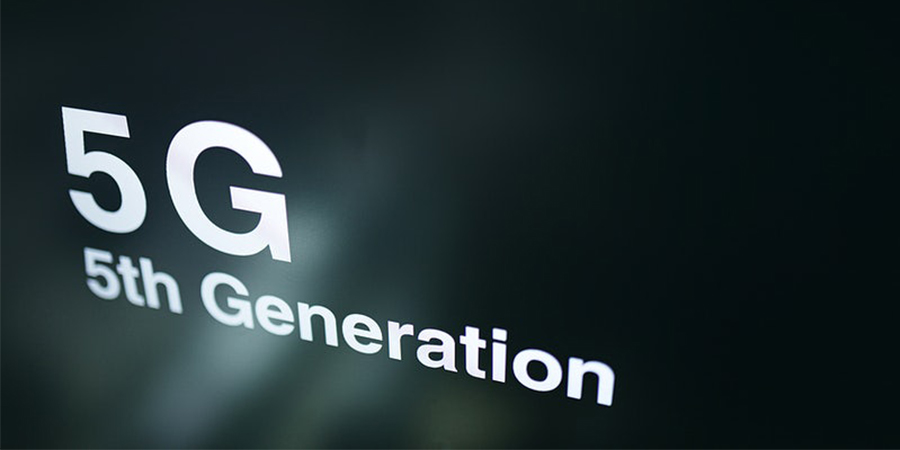A GSMA research finds that 5G mobile network services in the mid-band spectrum range could add more than $610 billion to global GDP by 2030. This analysis shows the extent to which government policies that prioritize the mid-band 5G spectrum can aid economic development strategies for the years ahead.
The new economic forecast predicts that by 2030, 5G spectrum in the 1-7 GHz mid-band range will drive nearly 65% of the overall $960 billion socio-economic value created by 5G.
"Delivering on the 5G promise will require global, regional, and local action from governments and industry to make enough mid-band spectrum available. An average of 2 GHz of mid-band spectrum is needed, and there is work to get there. As the world seeks to deliver a new phase of economic development, government planning for 5G expansion is crucial," said GSMA head of spectrum Luciana Camargos.
The study also warns of the potential negative economic impact of insufficient spectrum availability, showing that up to $360 billion of GDP growth could be lost. If spectrum is constrained to current levels as demand for services grows, increased network congestion and deployment costs will stifle 5G. Network quality and speed will suffer, limiting 5G adoption and its economic impact.
5G will spur innovation across economic sectors
The research shows that 75% of the benefits of mid-band 5G will be through the core 5G use cases of enhanced mobile broadband (eMBB) and fixed wireless access (FWA) with fiber-like speeds.
Services, including healthcare and education, and manufacturing are expected to yield the highest portion of the economic benefit, with the manufacturing sector accounting for almost 40% of the growth. Public administration, including smart cities, is also expected to impact the economy significantly.
The global impact of mid-band 5G
Around the world, the analysis finds that the impact of mid-band 5G on regional economic growth will be closely aligned. For example, CIS and Latin America will lead with over 0.5% of GDP generated by mid-band 5G in 2030. Meanwhile, Sub-Saharan Africa and Europe will see 0.38% in GDP growth, and North America with 0.36% in GDP growth.
Early adopter 5G markets in the Asia Pacific, the Americas, and Europe will account for the most significant share of total global contribution to GDP. The biggest economies and populations will have the largest impact, with East Asia and the Pacific forecast to contribute $218 billion to global GDP.
GSMA's recommended spectrum approach
Government and industry working together — through WRC-23 and in national processes – should deliver spectrum for fast, affordable services and ensure that 5G can power a new phase of economic growth. Additionally, an average of 2 GHz of mid-band spectrum should be made available for licensed 5G. The most developed communications markets are starting to move closer to this goal, but there is still a shortfall of 1 GHz in many cases. Last but not the least, fulfilling mid-band needs in harmonized ranges including 3.5 GHz, 4.8 GHz, and 6 GHz is needed to deliver economies of scale and lower broadband costs.










